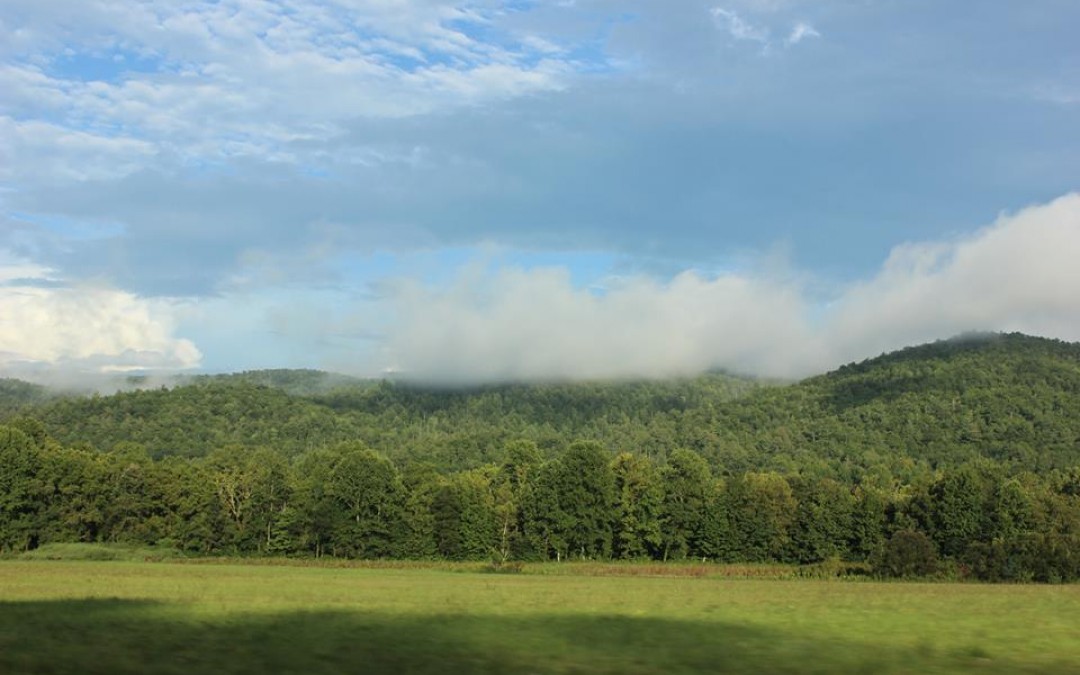
by Clayton Johnson | Apr 7, 2015 | Uncategorized |
Some mornings, when I’m sipping my coffee, I think back. I think of what coffees this particular brew reminds me of, perhaps memorable conversations I’ve had the week before. I think of times I worked behind the bar or even back when it was everything was new to me years ago. Now, coffee means so much more. Today marks our first month of blogging and it feels good. It seems like every post gives me a new outlet, a new lens to see coffee through. While Tuesday’s posts make me research and explore coffee, Fridays become this meaningful experience with it. Today I’m reflecting on our Tuesday posts so far: green coffee (how it’s produced), local trends, commercial brands, and real-world economic impacts (Rwanda and Burundi). In my reflection, I notice how they are all coming together, and I’ll explain that in a bit. Rewind a bit and I was strolling through my twitter feed and noticed some movement. Barista Guild of Europe started a new campaign recently called ‘Dialogue’ in which they are producing a free, educational resource to start a conversation amongst European baristas (but I’ll invite myself to the party #Merica). Their first post, “Coffee farm economics – adding context to the ‘c’ price,” came last Friday and brought together so much of what we’ve been talking about: green coffee, livelihoods, and comparing costs of specialty coffee and commercial markets. You can read the entirety of their scientific inquiry, but I’m going to talk about some key points and see if we can expand any. Dale Harris (@acousticcoffee), author, got the help of Salvadoran coffee grower...
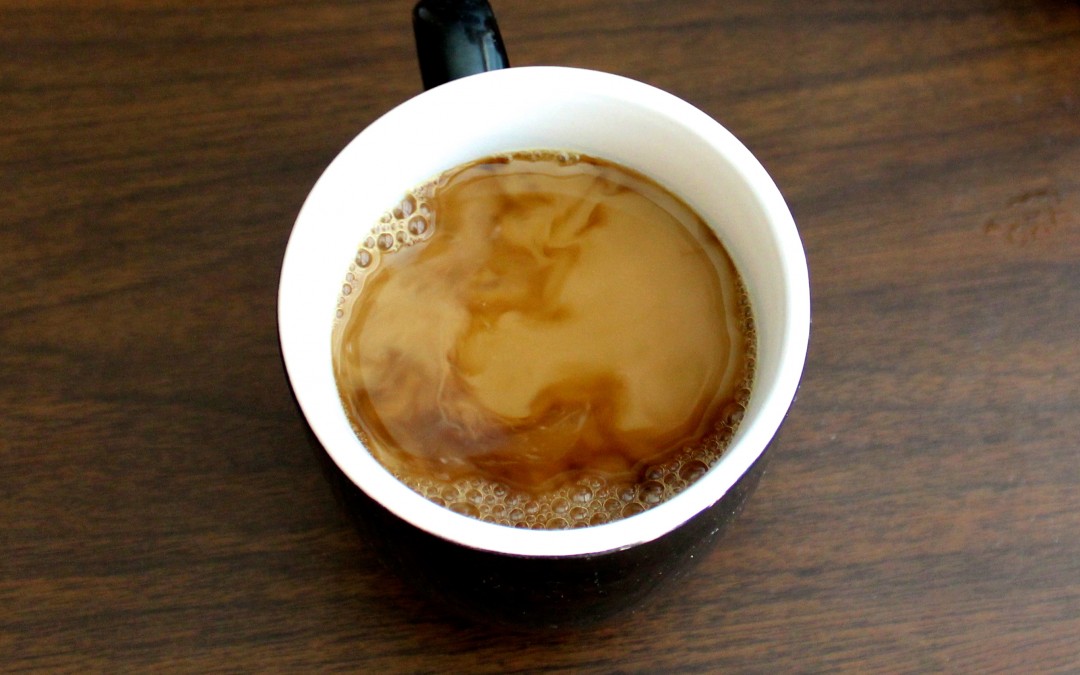
by Clayton Johnson | Apr 3, 2015 | Uncategorized |
Today feels like I woke up from hibernation. I can hear the buzz of early-morning commuters and birds too excited about Spring. Every movement feels executed, like a baby in his first steps. One glimmer of hope as I shuffle to the kitchen is the light now coming through my blinds. Never been a fan of the dark, gloomy Winter mornings. Most of us have our morning coffee rituals. For me, the only ritual to coffee is that it’s my first movement of the day. Today’s selection is drip coffee. It’s one I often find myself utilizing because of its practicality in time as well as quantity. There is less guilt in going for a third cup when it’s out of a giant coffee pot. Usually it’s me making the coffee, but I’m a morning person in a house of late-risers. It’s funny how working in coffee has designated me to the job anywhere I go; though it’s no mind to me. I don’t think there’s anything better than making someone’s morning a little brighter. My family and friends always compliment me on my ability to make coffee taste better, even drip coffee with whatever machine they’re using. There’s a myth that drip coffee just sort of provides a basic coffee, but it’s less about the machine than what goes into it. Today’s the day I reveal my secrets, or at least get my lazy friends to get up and make the pot themselves. I’m going to list some tips on how to make drip coffee better and talk about why. In a lot of ways drip coffee is...
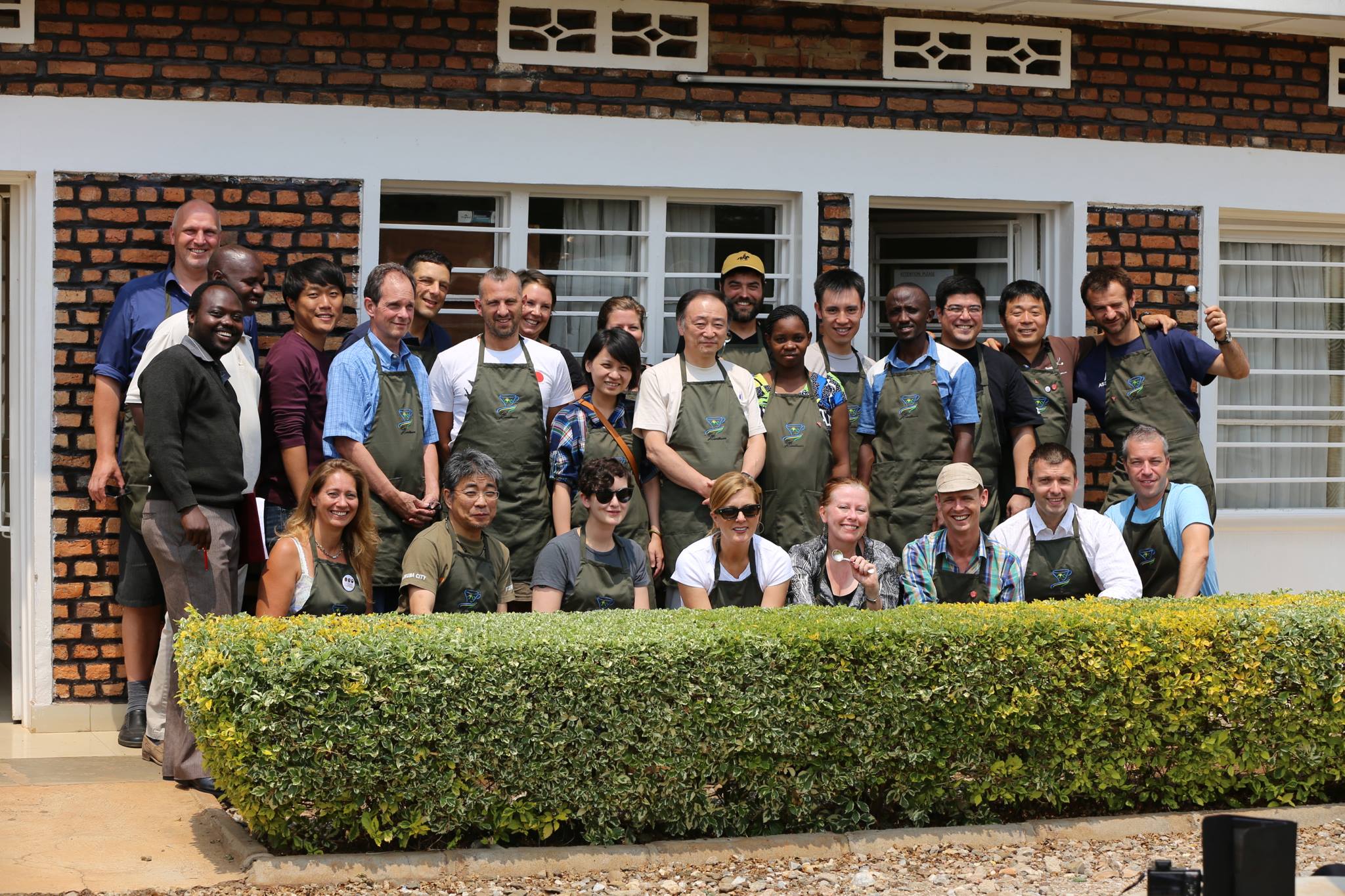
by Clayton Johnson | Apr 1, 2015 | Uncategorized |
(The Rwanda COE Judges Panel; Image provided by Scott Conary – Carrboro Coffee Roasters) I saw earlier this week that Starbucks has canceled their #RaceTogether campaign. Sprudge posted polls asking if people we’re interested in engaging with race relations with their barista, and, at the time I looked, feedback said “absolutely not” (85% “no”). Perhaps what they needed to do was change the approach. We enjoy the casual certification that says it’s okay to drink this, but most of us aren’t worried about it. Yet, looking back at “Your Coffee Landscape (Part1), I think there may be some space for a conversation. After all, who can say Starbucks had a bad idea? Race is still an issue, especially here, but what I think we can, and should be talking about, is a little different. So originally I promised Tuesdays for coffee news. I want to stay on top of things current and happening in our community and around the globe. Today we start to look a little more globally. Today we take a look at Rwanda and Burundi. Something came across my desk, well it would if I had one. Something came across the bar? (more like my living-room couch) Anyway, someone told me that Rwanda is using coffee to improve their economy. I about returned a lesson in economics: increase in production of specialty coffee does assume improved economies for largely coffee producing countries. (Small scale growth but growth for sure.) I stand corrected though. The story also goes back a bit. Not long ago, you can find that Rwanda’s government actually ran coffee production. Can you imagine...
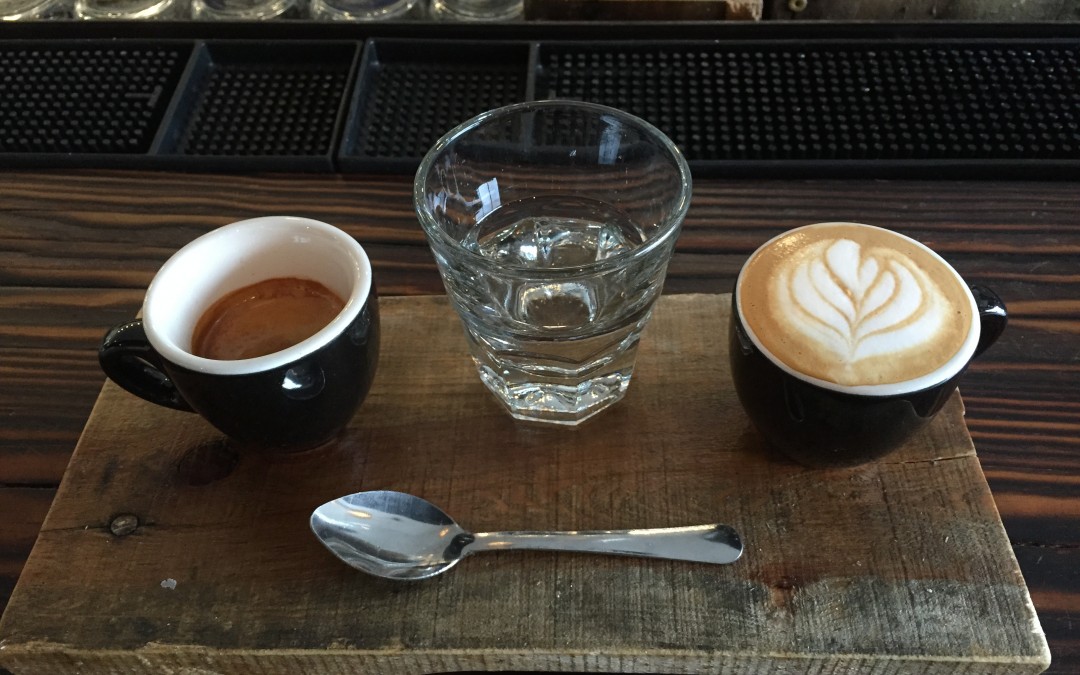
by Clayton Johnson | Mar 27, 2015 | Uncategorized |
Through this is a blog series, let me say that if you want to spend money on coffee, I would be pleased to help you. I’m not your guy for deals but I have a wish list a mile long. Hand mill burr grinder, variable temperature gooseneck kettle, Turkish coffee set, and even researched small-scale espresso machines (New La Marzocco Linea Mini!). But, what caught my attention a couple years back is something called “Le Nez Du Café.” I came across this bizarre wooden box when I worked at New World Coffee House, a specialty coffee shop in Raleigh off Glenwood. Mike Zhu, the owner there, had one and he showed it to me. “Le Nez du Café” comes with around 40 glass vials, each containing the essence of something we may experience in our coffee’s aroma, and is accompanied by a booklet explaining where the flavors originate from. For example, there’s aromas of straw that can indicate a type of coffee plant, a note of toast from how the bean was roasted, and even a scent of damp earth that may indicate how the bean was dried. Essentially, it’s $300 to win every cocktail party you will ever go to. EVER. But, what if we took these smells, these essences of something so familiar, and we didn’t think of coffee but of life. When we begin to open our minds to what we experience, a world of our history, our experiences comes to life. This is something we do already subconsciously. I love sweet and herbal notes in my coffee as it’s something that I enjoy already. I...
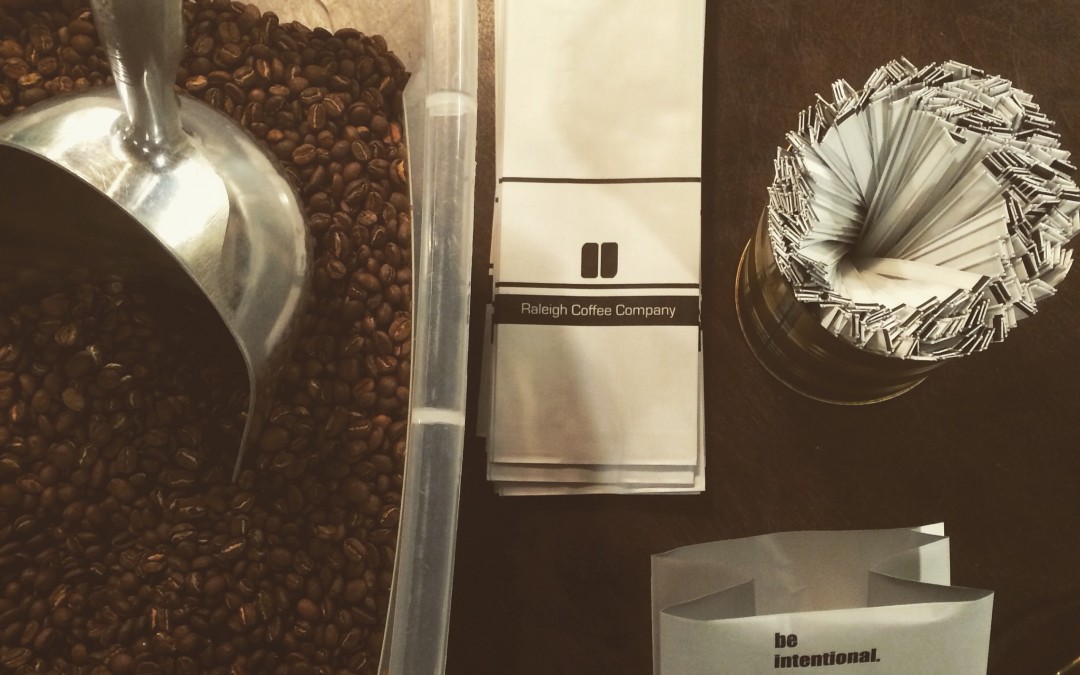
by Clayton Johnson | Mar 24, 2015 | Uncategorized |
Your Coffee Landscape Part (1/2…3? 4?) Welcome back, I’m hoping this post gets some traction because I almost want to have a series in our series (meta-series?). “Your Coffee Landscape” is what I’m referring to for the coffee political landscape, and has been a huge point of interest for me. Take a brainstorming second and think about what goes into your coffee? Where does it come from? What may help is this: think about how many hands, or machines, have touched your coffee: roasters, factories or baristas? I want to capture that moment in school where they make you watch the documentary about where food comes from. Food Inc. round 2? Coffee Inc? I want to use this post to talk about the most popular coffee brands, the ones that aren’t what we classify as “specialty.” Where do they come from? What do they look like? Most importantly, where is our money going? Firstly, this isn’t a Come-to-Craft call. As a college student and human of earth, convenience and affordability are great business models. Yet, its helpful to think about what secondary costs come to the table in what we purchase. So putting on the (relative) objectivity hat. I got into this research originally when writing a paper: “The Role of Media on the Coffee Rust Epidemic”. It was my Cultural Politics of Global Media course. Using my passion to write papers, I decided to hone in on popular coffee brands and see how they’re tackling issues like coffee “rust” or coffee shortages. Turns out, it’s predominantly name-brand coffees: Folgers, Green Mountain Keurig, etc. talking about these issues on a...
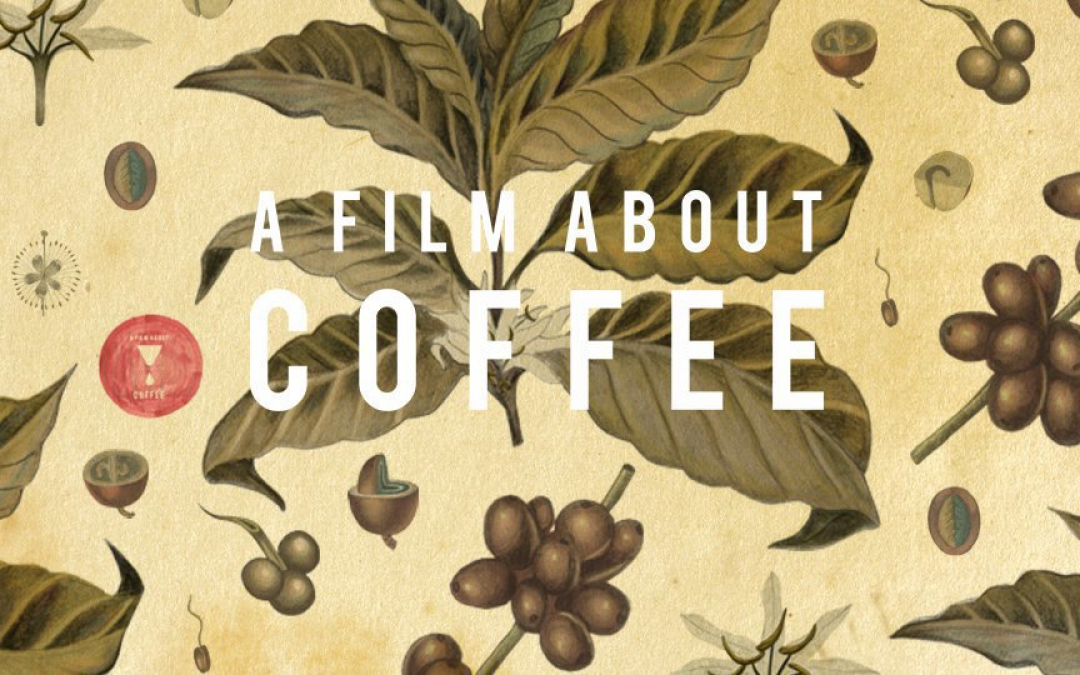
by Clayton Johnson | Mar 20, 2015 | Uncategorized |
A Film About Coffee Bringing up this film for our Friday chat since I’ve been seeing it around. Sola Coffee Cafe had a couple showings in March and looks like Open Eye Cafe (Carrboro Coffee Roasters) will be showing it TONIGHT, 7pm, and again in April. Availability: If you want to take it on yourself before then, “A Film About Coffee” is strictly on vimeo. Price is $4.99 (Stream) to rent for 72 hours or you can buy it for $12.99 (Stream or Download). And, in what seems like divine intervention, this movie is the perfect pairing to what we have, and will, talk about. So, while I want you to go see it, feel free to keep reading and see what the fuss is about. “A Film About Coffee is a love letter to, and meditation on, specialty coffee. It examines what it takes, and what it means, for coffee to be defined as “specialty,” (from the film’s “About” section). I think talking about the film as a “Love letter” describes it perfectly. What goes into a love letter? Passion, history, aesthetics, a sense of unity; I think its all there. But it’s not about a love letter so much between us and coffee, but that relationship between coffee and where it comes from. Divided into balanced sequences of coffee experts such as Darrin Daniel (Green Coffee Buyer, Stumptown Coffee Roasters) or Katie Cargiulo (Barista, Counter Culture Coffee & 2012 US Barista Champion) and farms from Kivu, Kenya and the Lake Yojoa Region of Honduras. You find, though, that wherever the film takes you, you’re already anticipating the...







